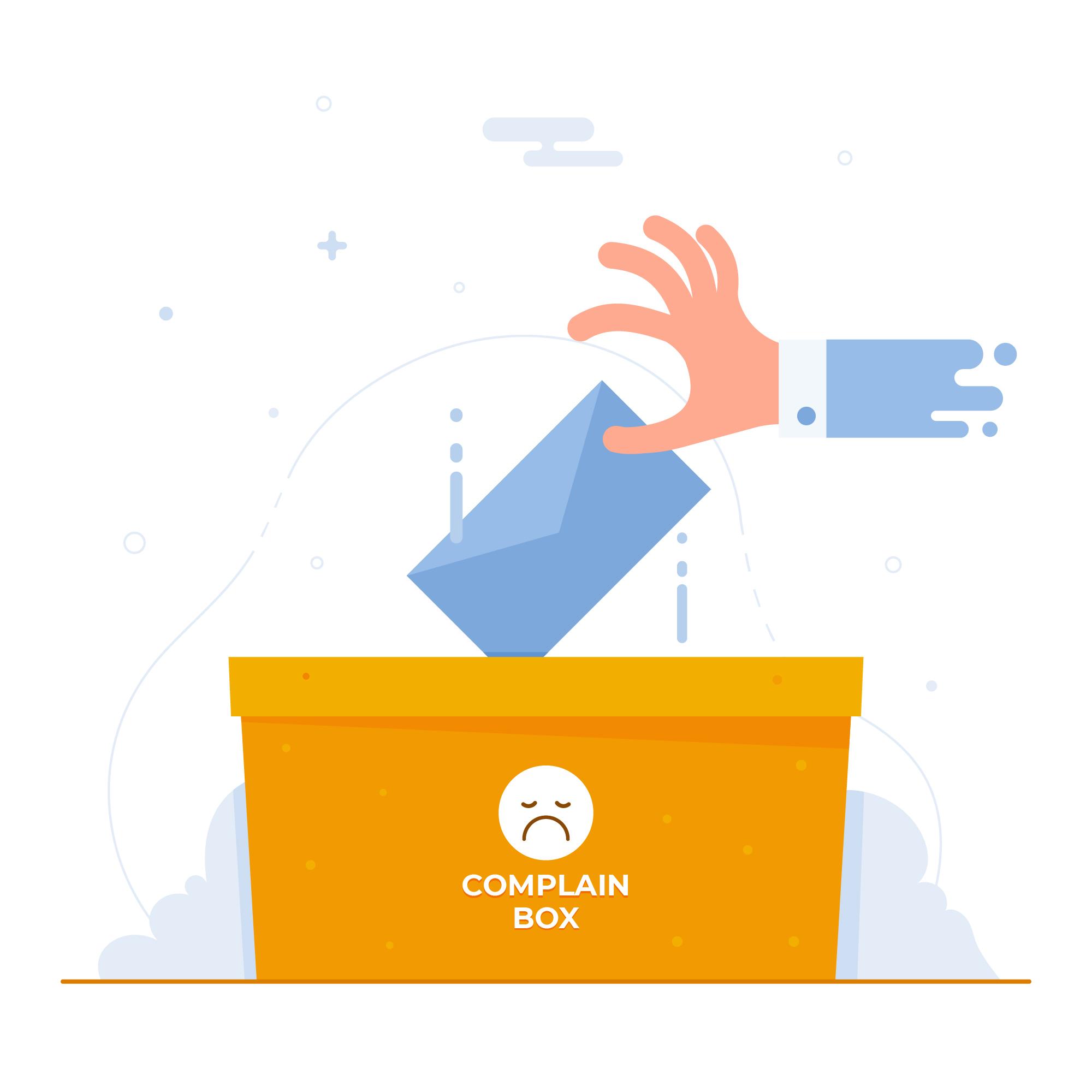HR Audits: Key Elements of a Human Resources Audit
HR audits is the compass, that guides businesses on a path that will help them align their strategies with their goals. While we explore these strategies in this blog, we shall also unravel the key elements that make a Human Resources Audit the powerful tool it is.
HR audits are an easily understandable way to help understand HR policies, procedures, and practices. That is because it is – in its essence- a review that showcases the organisations compliance with legal standards, it helps examine operational efficiency, and align HR functions with the organisation’s objectives. The audit serves as a diagnostic tool, offering insights into the health of an organisation’s human capital management.
Key Elements of HR Audits
Compliance with Employment Laws:
At the core of Human Resource audits lies the critical examination of compliance with local, state, and federal employment laws. This includes a thorough review of regulations related to labor, anti-discrimination, workplace safety, and other pertinent areas. Ensuring legal adherence safeguards the organisation from potential liabilities and sets the foundation for ethical HR practices.
Policy and Procedure Evaluation:
A robust set of HR policies and procedures is the backbone of effective human capital management. Human Resource audits meticulously scrutinises these documents, evaluating their clarity, consistency, and alignment with industry standards. This element ensures that employees and management are on the same page, fostering a transparent and fair work environment.
Compensation and Benefits Analysis:
A comprehensive audit delves into the organisation’s compensation and benefits structures. This includes an assessment of salary scales, incentive programs, and employee benefits. The goal is to ensure that the organisation remains competitive in attracting and retaining top talent while maintaining fairness and equity in compensation.
Performance Management Review:
Effective performance management is key to organisational success. The audit examines the processes and tools used for performance appraisals, goal-setting, and feedback mechanisms. A robust performance management system contributes to employee development, engagement, and overall productivity.
Employee Relations Assessment:
A healthy workplace is built on positive employee relations. The audit assesses the state of relations between employees and the organisation, examining communication channels, conflict resolution mechanisms, and overall employee satisfaction. This element aims to identify areas for improvement and foster a positive organisational culture.
Recruitment and Onboarding Practices:
The efficiency of recruitment and onboarding processes significantly impacts the organisation’s ability to attract and retain talent. An audit evaluates these practices, ensuring they align with the organisation’s goals and values. It includes a review of job descriptions, hiring procedures, and onboarding protocols.
Recordkeeping and Documentation:
Accurate and organised recordkeeping is a hallmark of effective HR management. The audit examines the organisation’s recordkeeping practices, ensuring compliance with legal requirements and the availability of essential documents, such as personnel files, attendance records, and training documentation.
Diversity and Inclusion Practices:
In an era emphasising diversity and inclusion, the audit scrutinises the organisation’s efforts in fostering a diverse workforce. This includes an assessment of recruitment practices, diversity training initiatives, and the existence of an inclusive workplace culture.
HR Metrics and Analytics:
Data-driven decision-making is integral to modern HR practices. The audit evaluates the organisation’s use of HR metrics and analytics, ensuring that key performance indicators are tracked, analysed, and used to inform strategic HR decisions.
Continuous Improvement Initiatives:
An effective Human Resource audit is not a one-time affair but part of an ongoing commitment to improvement. The organisation should have mechanisms in place to act on audit findings, implement changes, and continuously enhance HR practices to meet evolving needs.
Steps to conduct HR Audits:
- Define Objectives:
Clearly outline the goals and scope of the audit to ensure a focused examination.
- Gather Information:
Collect relevant data on HR policies, practices, and processes, including employee handbooks, performance management systems, and compliance records.
- Select Audit Type:
Choose the type of audit based on organizational needs, whether it’s a compliance audit, policy audit, or performance management audit.
- Assess Compliance:
Evaluate HR practices against legal requirements, industry standards, and organizational policies.
- Identify Areas for Improvement:
Pinpoint weaknesses and opportunities for enhancement in HR processes and practices.
- Implement Changes:
Act on the findings by implementing necessary changes to improve HR effectiveness.
- Regularly Review:
Human Resource audits are not a one-time affair. Conduct them periodically to ensure sustained effectiveness and continuous improvement.
How Do You Chart the HR Audit Processes?
- Pre-Audit Planning:
Define the audit scope, objectives, and timeline. Identify the audit team and allocate resources.
- Data Collection:
Gather relevant data, including policies, procedures, employee records, and performance management data.
- Audit Execution:
Systematically review HR practices, ensuring alignment with legal requirements, industry best practices, and organizational goals.
- Analysis and Evaluation:
Evaluate audit findings, identify areas of strength and weakness, and assess compliance with legal standards.
- Reporting:
Prepare a comprehensive report outlining audit results, including recommendations for improvement.
- Implementation of Recommendations:
Act on the audit recommendations, making necessary changes to enhance HR practices.
- Follow-Up Audits:
Conduct follow-up audits to track progress, measure the impact of implemented changes, and identify further areas for improvement.
A well-executed Human Resource audit involves a strategic and systematic approach to assess, enhance, and align HR practices with organisational goals. By understanding the key elements, the importance of regular audits, and the steps involved in the process, organisations can leverage HR audits as a powerful tool for sustained success.
Unlock Top Talent Today! Join DEIjobs for the Best Candidates!
Join DEIjobs to connect with a diverse talent pool, including candidates with disabilities, women, LGBTQ+ candidates, war veterans, and women on a career break.



